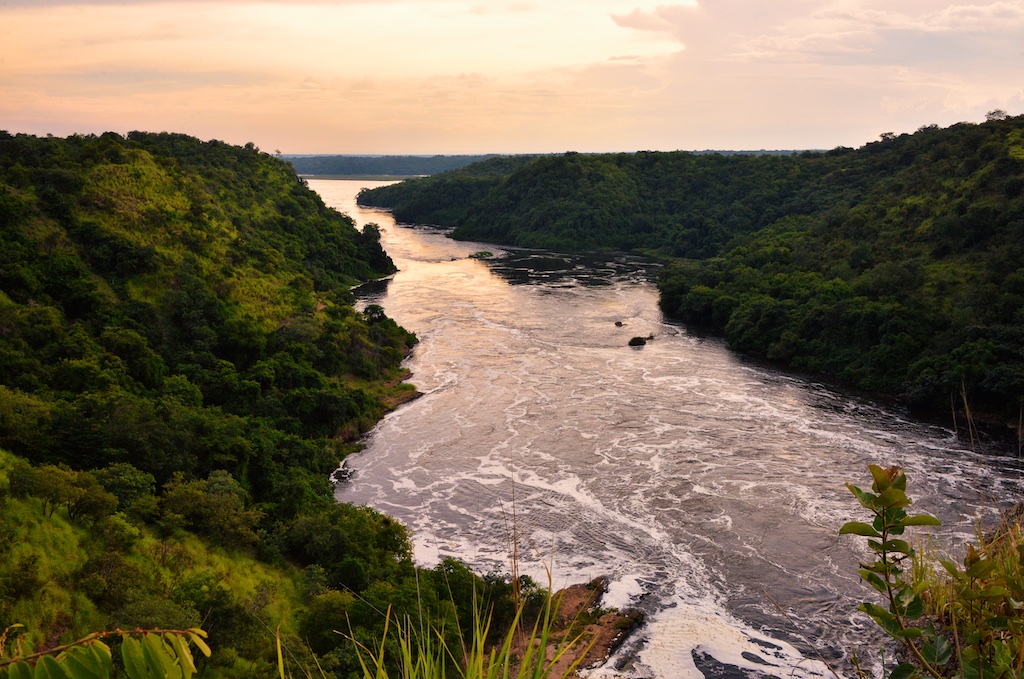Facts about the Nile River – Learning more about its relevance to Ancient Egypt
The Nile River will always be talked about in history. This is for sure. With the length of 6650 kilometers, or 4132 miles, it is perceived to be the longest in the whole world. This is always included in facts about the Nile River. It is situated in Africa. This Nile River also passes in other countries including Eritea, Kenya, Burundi, Congo, Tanzania, Uganda, Egypt, Sudan, Rwanda and Ethiopia. The significance of the river with Ancient Egypt is studied from one generation to the other. There are historical sites that feature such. These are the Claior and the Luxor.
In the year 2004, the navigation of the entire Nile River happened through Nile Expedition. This started in Uganda, and then it suddenly finished in Rosetta. This took four months and even two weeks to be finally completed. This Nile Delta in the Northern Egypt is a place where the Nile River usually drains itself. This is directed towards that of the Mediterranean Sea. This is known to be around 150 kilometers or almost 100 miles. This is true in length and it may spread for almost over 240 kilometers, or if converted, 149 miles. This lies on the coastline. Needless to say, the river has always been rich in agriculture. This is used for farming for almost a thousand of years now.

There were 40 million people who are now living in the Nile Delta region. In the year 1787, it was the famous Rosetta stone which was stumbled upon in Nile Delta. The artifact in the Ancient Egyptian shows that the undertaking plays a key role in the understanding and grasping of Egyptian hieroglyphics.
The river was put together in the year 1970. This went alongside Aswan High Dam. During that time, it was very much helpful in making sure that the flooding in the Nile River is somehow regulated. Prior to the building of the Aswan Dam, high levels of water were featured. These were said to be useful in wiping out crops which were seen in low level waters years ago. These could always produce drought and even famine.
Indeed, the Nile River will always play a vital role in history. It symbolizes civilization and this cannot be denied in any way. It is not just prominent because of the measurement it barely flaunts itself with. There are so many studies underlying the river. Normally, the rivers that flow is directed into the Nile. This comes from that of the south. There are sources for this. It starts with the Blue Nile. This also comes along with Arbara and White Nile. This is seen around the southern section of the Khartoum and Aswan. This is now termed as Nubia. This has passed through different formations which involves igneous rock which may be hard enough. This may result to that of cataracts. A series of it. This may begin from a natural boundary heading towards the south. This may also involve the first and second cataracts. Do not forget to remember all of these.